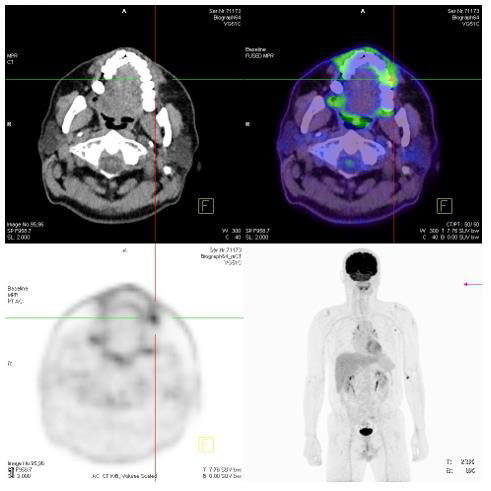Abstract
Background: A #plethora of evidence suggest pathways independent of contamination may produce microbial growth and infections.
Objective: To prove that fetal cells may produce microbes.
Methods: We searched the keywords fetal infections in Google
scholar and pub med for articles and their references published in
English from 2000 to 2017. We then applied the probability theory to
calculate the probability of pathways independent of #contamination to
produce fetal infections.
Results: Fetal cells may produce infections. The probability of certainty of this observation is 99.9998%.
Conclusion: Fetal cells may produce infections.#Unicellular organisms (prokaryota) including bacteria transformed from
lifeless matter 3.5 billion years ago [1-5]. Organic compounds were
produced by artificial methods [6]. Microorganisms transform to other
microorganisms [7]. Human cells transform to different cells [8,9]. A
lifeless protein transforms to an infectious prion [10]. All of the
above data suggest pathways independent of contamination may produce
microbes.
The probability of a #physically possible observation to be correct
exponentially increases by each supporting evidence and can be expressed
as an equation: C= 100-1/2n ("C "representing the percent probability
of certainty and "n "representing the number of diverse evidence
consistent with the observation).
For more articles on BJSTR Journal please click on https://biomedres.us/
For more Biomedical Engineering Articles on BJSTR
Fetal Cells May Produce Microbes by Alen J Salerian in BJSTR


No comments:
Post a Comment
Note: Only a member of this blog may post a comment.